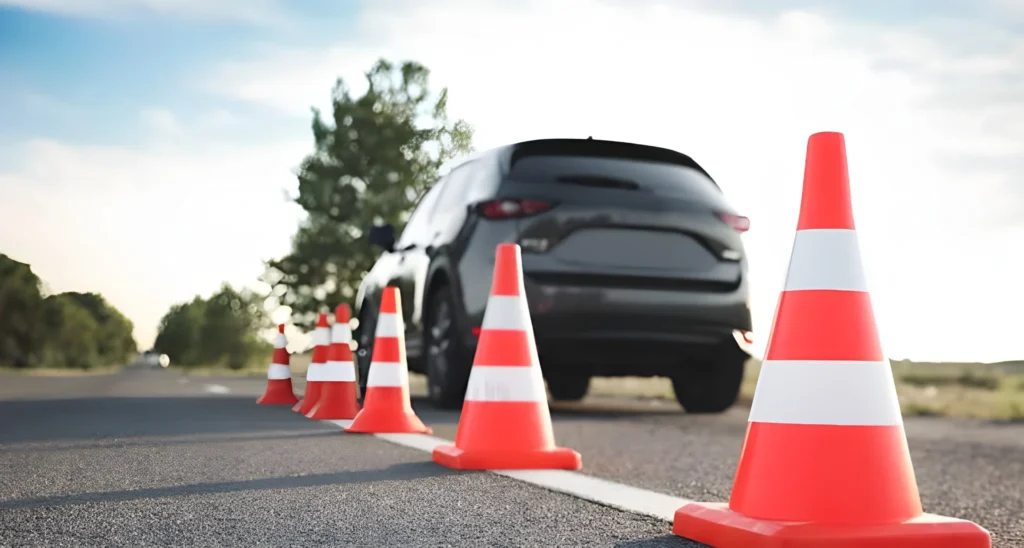A Driving Evaluation plays a crucial role in assessing the skills and readiness of a driver to be on the road. Whether you are a new driver or a seasoned one looking to improve your abilities, a comprehensive Driving test can help ensure that you’re capable, confident, and safe behind the wheel. In this blog, we’ll explore the importance of Driving tests, the process, and how it can benefit you as a driver.

A Driving Evaluation is a formal assessment of a driver’s ability to operate a vehicle safely and competently. Conducted by a licensed driving instructor or certified evaluator, the process involves a thorough examination of various driving skills, including reaction times, decision-making, and overall control of the vehicle. The evaluation covers everything from how a driver handles basic road tasks to how they respond to challenging situations on the road.
The result of the Driving test determines if the driver is ready to progress with their driving skills or if further lessons and practice are required.
There are several reasons why a Driving test can benefit both new and experienced drivers. For new drivers, this evaluation provides a good foundation to begin the learning process and set clear goals. For experienced drivers, it serves as a refresher and can highlight areas where improvement is needed to stay safe on the road.
Benefits of a Driving Evaluation include:
If you’re looking to obtain your license or ensure your continued driving competency, a Driving test is a crucial step.
For those who are trying to earn their driver’s license, the Driving test is an essential part of the licensing process. Many driving schools, including those for G2 or G-level tests, require some form of evaluation before granting certification. The purpose of this assessment is to ensure that you have all the necessary driving skills to safely and confidently operate a vehicle in a variety of conditions.
Why a Driving Test is Needed for Licensing:
Passing a Driving test is often the first step toward becoming a competent driver and acquiring your official license.
One of the primary reasons to undergo a Driving test is to identify common mistakes and risky behaviors that could undermine driving safety. From improper lane changing to unsafe driving speeds, these minor yet dangerous habits can be corrected with professional advice. During the evaluation, your driving examiner will point out these mistakes so that you can avoid them in the future.
Some Common Mistakes in Driving Evaluations:
Recognizing and addressing these habits with the help of a driver will make you a more skilled and responsible driver.
For older drivers, a Driving instructor becomes even more important as it assesses cognitive and physical abilities behind the wheel. Age can sometimes bring about changes in reaction times, vision, and decision-making skills, all of which affect driving. Driving test is designed to identify such changes and offer specific recommendations on how to adjust for safer driving.
For older drivers, taking the evaluation can offer peace of mind and keep them confident on the road.
During a Driving test, you can expect a structured assessment of your driving abilities. The examiner will observe your skills on public roads or an enclosed course, depending on the location and requirements. After the assessment, a detailed feedback session will provide insights into areas for improvement.
Each of these steps ensures that the Driving test is thorough and effective, giving you the proper tools for improvement.
A Driving Evaluation is an essential part of becoming a confident and responsible driver. It ensures that you’re equipped with the necessary skills and knowledge to drive safely, whether you’re a new driver, an older individual, or simply want to brush up on your skills. Not only does a Driving test identify areas for improvement, but it also provides valuable insights that allow you to avoid common mistakes, pass your road test, and drive more securely.
At NS Drivers, we offer professional Driving tests to help you or your loved one achieve the best possible driving experience. Book your evaluation today and take the first step toward safer driving.